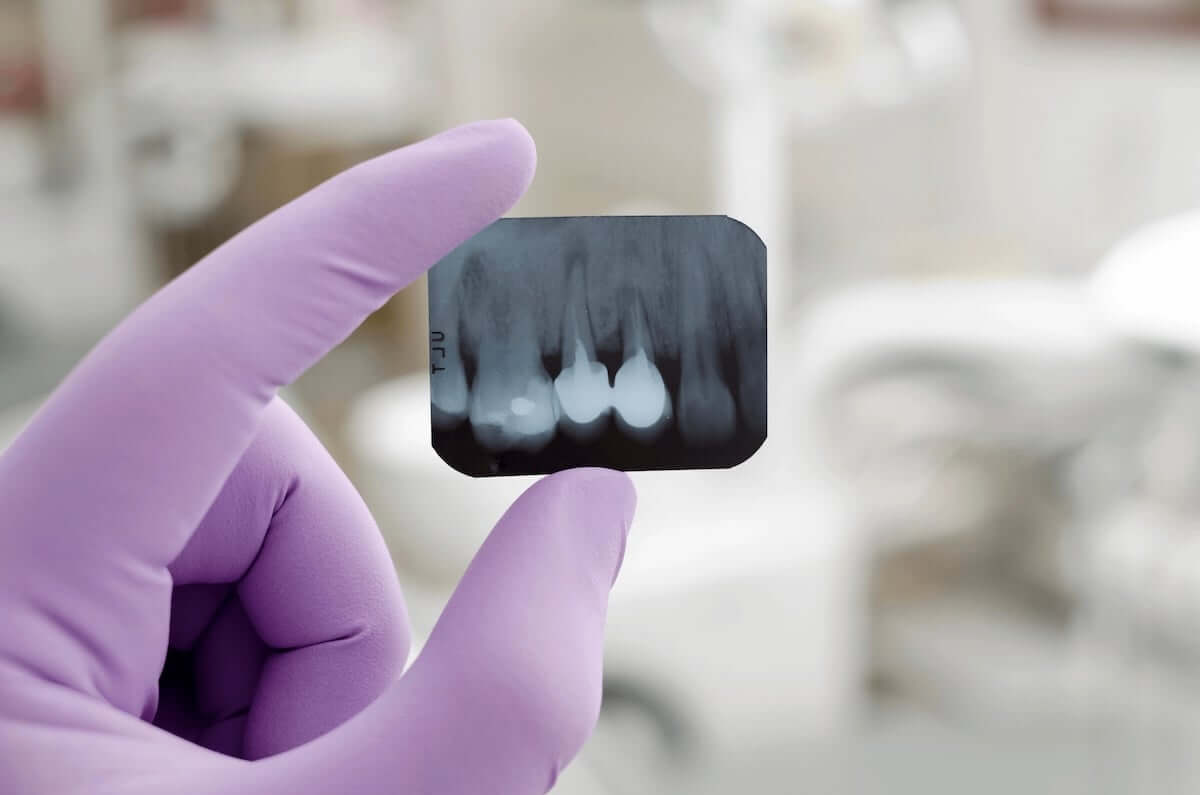The vast majority of people grow into youth and adulthood with normal development of tooth structure. However, anomalies are possible and present challenges for both patients and dentists. Two of these anomalies are gemination and fusion, which are uncommon but significant issues when they arise. Understanding these anomalies, their causes, and ways to correct them is an important part of effective dental care.
Gemination and Fusion Defined
Gemination and fusion are two distinct anomalies in tooth development, each characterized by their own unique features. Gemination, also called twinning, occurs when a single tooth germ (or “bud”) attempts to divide into two, resulting in a tooth with two crowns and a partially or fully separated root. Geminated teeth may appear as a single enlarged tooth or as two distinct crowns fused together.
Fusion is the conjoining of two adjacent tooth germs, resulting in the formation of a single larger tooth. Unlike gemination, fusion typically leads to the development of a tooth with a single root and a larger, irregularly shaped crown. The distinction between fused teeth and geminated teeth is in the number of tooth roots.
Causes of Gemination and Fusion
The cause of gemination and fusion remains unknown, although several factors have been researched and considered in their development. Genetic predisposition is thought to play a role since genes related to tooth development can influence the formation and division of tooth germs—potentially leading to anomalies such as germination or fusion.
Environmental factors during prenatal tooth development can also contribute to the occurrence. Trauma or disturbances to the dental lamina, the embryonic tissue responsible for tooth formation, may disrupt the normal processes of tooth development, leading to germination or fusion.
Finally, developmental abnormalities have been considered in their formation. Disturbances in the signaling pathways responsible for tooth shape development can result in these anomalies. Misfiring of the cellular process during tooth development may lead to the fusion of adjacent tooth germs or the incomplete division of a single tooth germ.
Correcting Gemination and Fusion
Correcting gemination and fusion is a unique challenge to dentists, requiring careful consideration of various factors. First and foremost, accurate diagnosis is critical for determining the appropriate course of action. Dental X-rays help visualize tooth structure and roots, allowing dentists to assess the extent of the issue. Following diagnosis, a treatment plan must be developed based on the severity and its impact on the patient’s oral function and appearance.
Restorative techniques, such as dental crowns or veneers, may be considered to enhance the appearance and function of geminated or fused teeth. These procedures will restore proper tooth shape and alignment, while also preserving oral health.
Orthodontic treatment may be necessary to correct misalignment resulting from gemination or fusion. Orthodontics can help the realignment of affected teeth and improve positioning, enhancing both aesthetics and function.
In more complex cases involving severe crowding or impaction, surgical intervention may be necessary to extract affected teeth or reposition them for proper alignment. Surgical techniques may include exposure and bonding of impacted teeth or guided bone regeneration.
Prevalence and Complexity
Gemination and fusion are relatively rare occurrences, with studies suggesting that they account for less than .5% of dental anomalies in infants and .1% in adults. Since the correction of gemination and fusion presents challenges to dentists due to their complexity, they often take a multidisciplinary approach—integrating diagnostic, restorative, orthodontic, and surgical modalities to achieve the best outcomes for affected patients.
If you would like to understand more about germination and fusion, including corrective procedures and outcomes, contact us.

